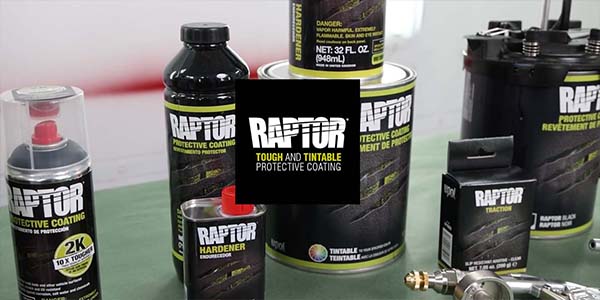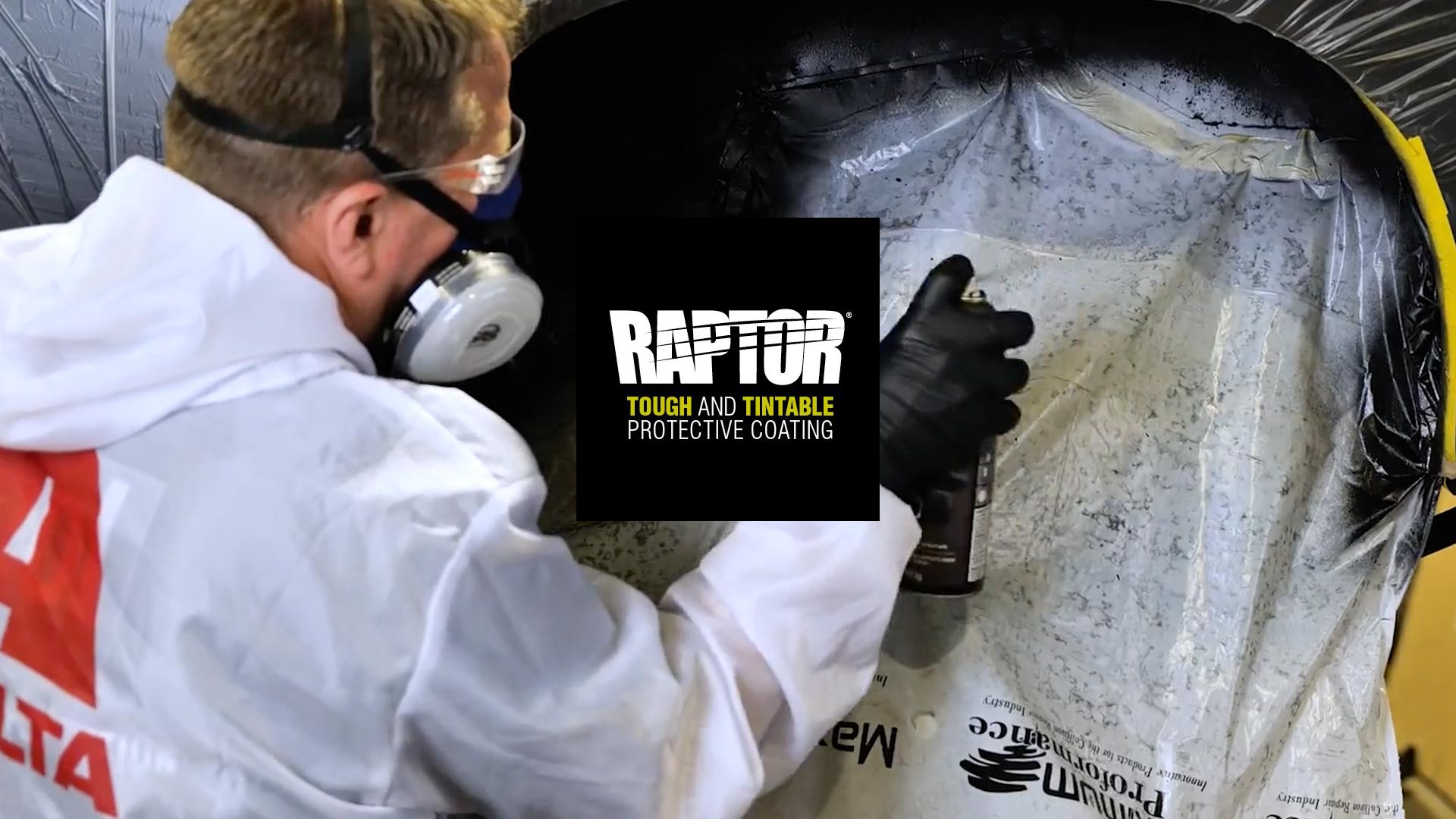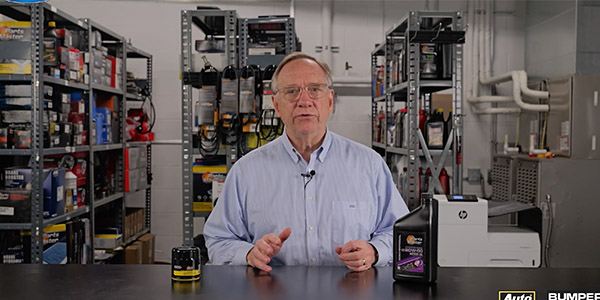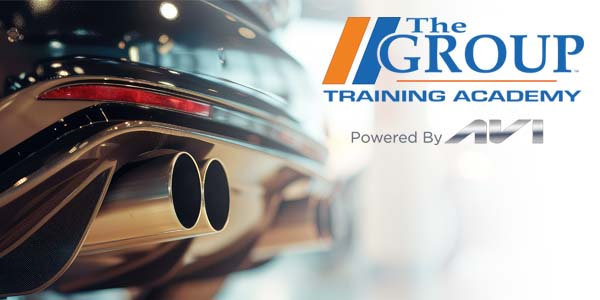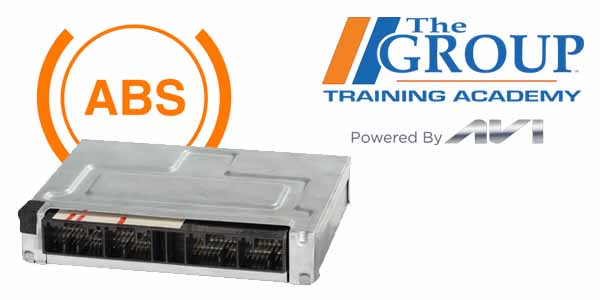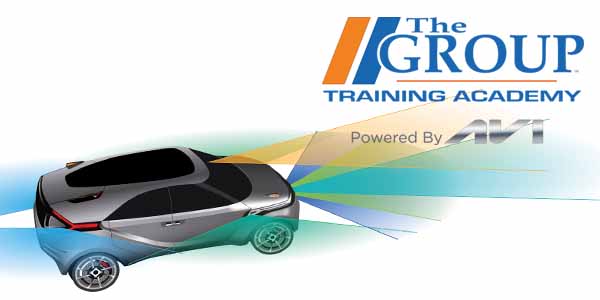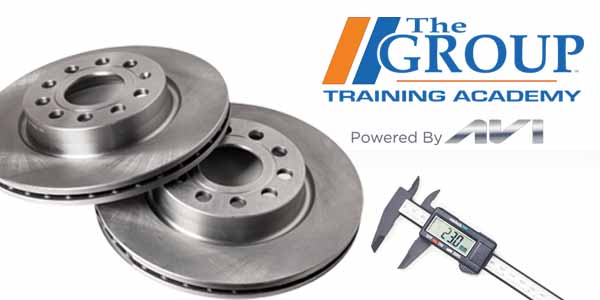Fixed-displacement compressors have been the industry standard for compressors.
However, in recent years, we’ve seen steady growth in the use of variable-displacement compressors.
Unlike a fixed-displacement unit, a variable-displacement compressor will change the angle of the swash plate to control the amount of refrigerant being discharged. This is determined by an electronic control unit, or ECU, that sends a signal to a switch in the compressor based on the engine and driving conditions. Depending on the output needs of the A/C system, the compressor will adjust the displacement accordingly.
For more, watch this Counterman Education Center video, sponsored by The Pronto Network.

